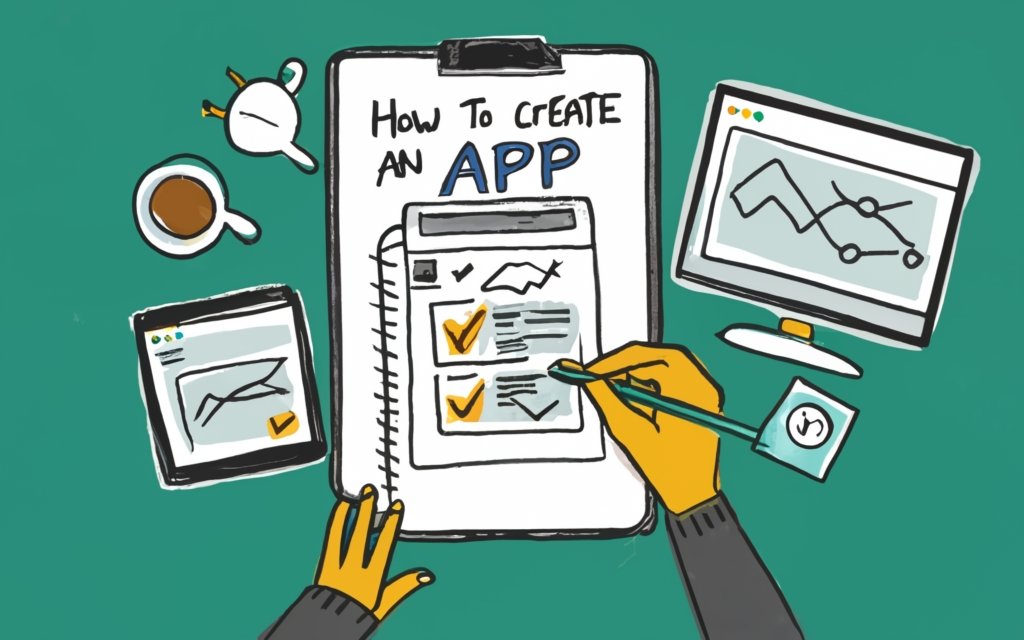Google recently announced Android 14, the latest version of their popular mobile operating system. This update brings some exciting improvements and additions that will enhance user experience across Android devices. In this article, we’ll highlight some of the key features arriving with Android 14.
Improved Privacy Controls
Privacy has become increasingly important to consumers. Android 14 aims to give users more transparency and control over their personal data. There will be additional privacy sections in settings that aggregate all privacy controls into one easy-to-find location. Users can easily see each app’s permissions, selectively revoke permissions, and get recommendations on additional steps to boost privacy.
There are also new permission controller features targeted specifically at location data access. Android 14 requires all apps targeting this API level to get user approval before accessing the location while running in the background. And users can grant approximate (rather than precise) location access on an app-by-app basis for additional privacy.
Upgrades to Nearby Share
Nearby Share allows simple wireless transfer of files, links, photos and more between Android devices. It has proven popular for quickly sharing with friends and family in close proximity. Android 14 takes this experience further with several additions.
Users can now temporarily enter “Device Discovery” mode to increase visibility for sharing. There are also more options to filter visibility such as by specific contacts only. This enhanced control should allow quicker connections with intended recipients.
Another major improvement is group and self-sharing. Users will have the ability to transfer files to multiple devices at once using Nearby Share. And they can even share from one Android device to another owned by themselves.
Enhanced Audio and Video Codecs
Android 14 comes equipped with the latest audio and video codecs leading to superior quality and smaller file sizes. These enhancements should translate to faster streaming with reduced data consumption.
On the video front AV1 support allows streaming and recording video using this new codec which promises up to 50% better compression efficiency over existing standards. For audio, support is included for Bluetooth LE Audio which can potentially double the bandwidth for higher-quality streams to Bluetooth headphones and speakers.
Increased Accessibility Options
Accessibility remains a key focus for Android. This release brings new features designed to empower users with disabilities to get the most from Android devices.
There is now integrated support for streaming text-to-speech output directly to Bluetooth hearing aids. This enables navigation prompts, assistant info, and other audio to appear as text in supported hearing aids.
Select-to-speak also gains new languages allowing screen content to be read aloud to more users. And audio descriptions in media are easier to enable with an automated accessibility option for “spoken content” during playback.
Performance and Stability Gains
While the user-facing improvements are important, Android 14 also comes with plenty of behind-the-scenes updates. These changes lay the foundation for faster and more stable performance.
On the network side there are improvements to 5G, WiFi connectivity, Bluetooth, and call quality. Core OS components have also gotten upgrades to improve memory management, app launches, UI fluidity and more.
Developers have additional tools as well to build better apps with this version of Android. New runtime compiler optimizations, thermal throttling APIs, forensic capabilities, and improved QA tooling should enable better end-user experiences going forward.
Longer Device Support
Another initiative within Android 14 is extending the amount of major OS updates various device categories will receive. Google is already promoting this for their own Pixel phones which offer updates for at least 5 years.
But new partner agreements aim to provide 3 generations of Android OS updates for other phones and tablets in the future. This coincides with Google requiring OEMs to provide security updates more regularly on non-Pixel devices starting in 2023 as well. These changes promise to keep users safer while allowing them to hold onto existing hardware longer.
Release Timeline
Android 14 has already been released as a developer preview. This lets app creators test compatibility early and prep for changes ahead of public rollout. Multiple developer previews will continue to be issued over the coming months.
Google typically names their Android versions in alphabetical order after sweet treats. While the “official” marketing name is still unconfirmed, this release is expected to be dubbed “Android Upside Down Cake” based on recent rumours.
The official Android 14 launch should happen in Q3 of 2023. Pixel devices will certainly be among the first to receive the production update. However the exact timeline will depend on hardware partners adapting the OS for their own product lines.
Conclusion
Android 14 represents an evolutionary rather than revolutionary update for Google’s OS. However the improvements across privacy, connectivity, media, and accessibility combine to meaningfully enhance the overall user experience. Paired with extended device support and developer gains, Android continues to mature into an incredibly powerful yet easy-to-use platform.



